Regenerative farmers Ashly and Stacy Steinke share how a commitment to improving habitat has paid off for their grass-fed cattle business, the local wildlife, and water quality in Wisconsin
We’re sharing firsthand accounts of how private land conservation programs are helping landowners not only to improve their soil quality and enhance wildlife habitat, but also to provide equitable hunting and fishing opportunities in rural communities.
Ashly and Stacy Steinke hunt, fish, raise three boys, and practice regenerative farming near Cornell, Wisconsin. With the help of multiple Farm Bill conservation programs, they have also been able to restore over 200 acres of wetlands, revive stream flows and water quality, install wildlife-friendly fencing, and implement conservation practices that benefit their grass-fed beef business.
Ashly tells their story:
Some of my earliest memories are of my dad bringing home animals from his hunts—I couldn’t wait to be a hunter like him. Then, I think in 1989, wild turkeys were reintroduced into my home county, right on the farm where my dad grew up. In the years that followed, we spent countless days just out watching those turkeys on the landscape, and I became obsessed with wildlife. In high school, I was further encouraged by an ecology teacher, Mike Harden, who was also passionate about wildlife and conservation. He took the time out of his evenings in the spring to take us to watch peenting woodcock and had us read A Sand County Almanac. (I’ve probably read it five times since then.) And so it really was a natural decision for me to attend college and graduate school for wildlife management.
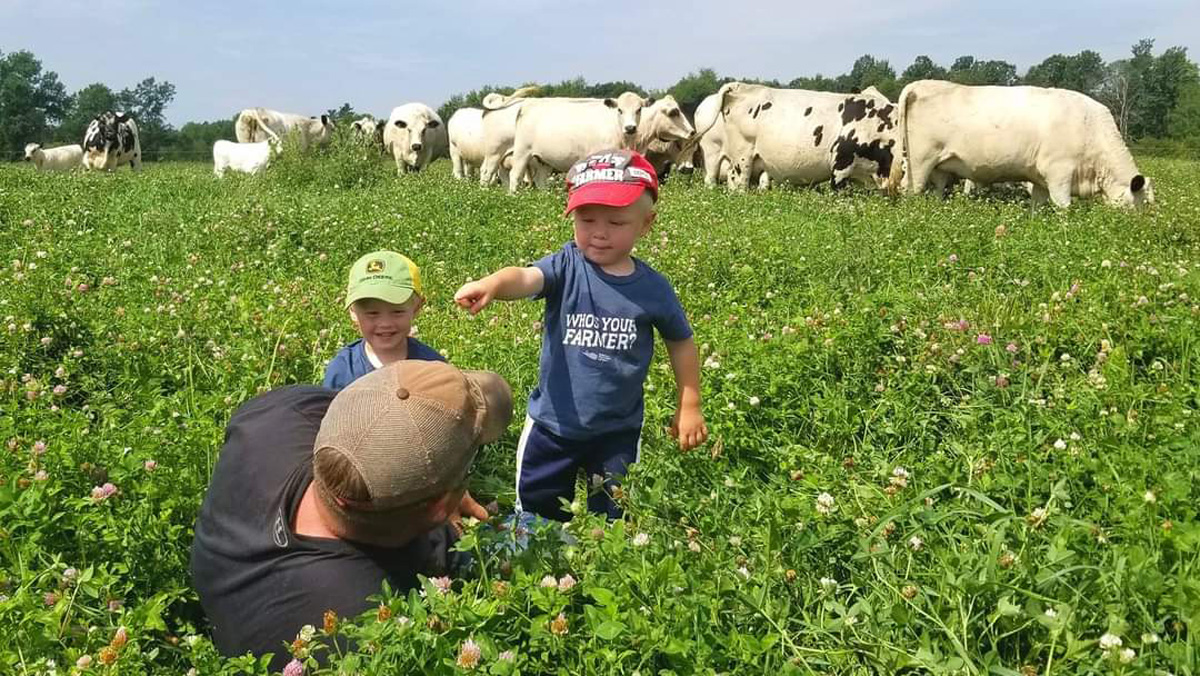
I was working as a wildlife biologist when I first got to know the impact of private land conservation on fish and wildlife species, but I never saw these programs getting enough recognition. Then my wife Stacy and I decided to restore about 15 acres of wetlands on the first property we bought as a couple, back in 2010. That’s when I saw the power of restoration firsthand.
We converted an old, cool-season field dominated by invasive knapweed to a high-quality, native warm-season planting and buffered a worn-out stream with about 8,000 trees. I think the most important thing we learned from that project was how doable this kind of conservation work is and how many opportunities exist. It is still so rewarding to walk that property and see the results. And we still hunt wood ducks on that restored creek!
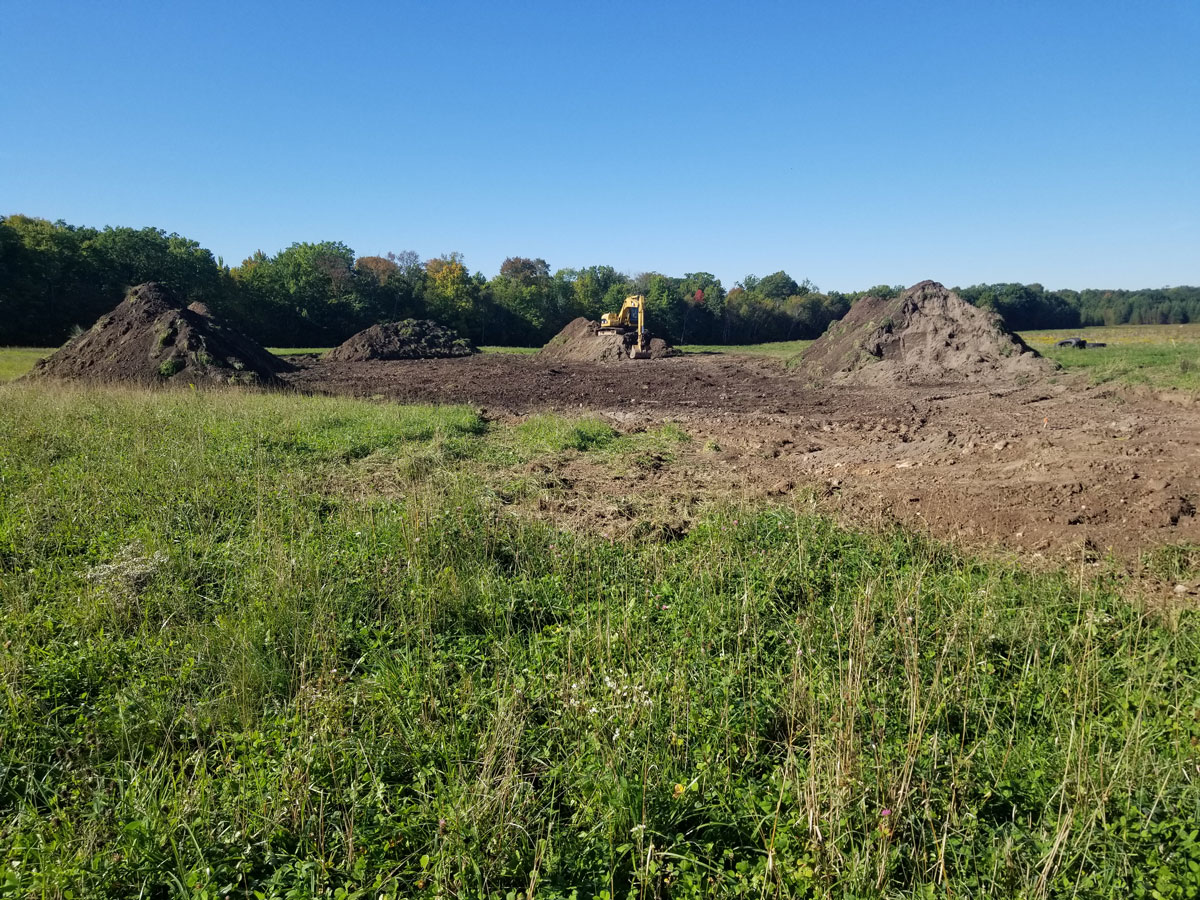
We bought our farm in 2014 after owning a successful wetland consulting business, and we started raising grass-fed cattle here almost right away. Now, we also run an Airbnb on the property, where there are opportunities to view wildlife—and our bulls—right from the firepit.
This land is also where we are raising our three young boys in the country lifestyle. Even though it is harder to hunt and fish with young kids, it is so rewarding to watch them become immersed in nature and the hunting and fishing lifestyle. We go ice fishing in the winter, hunt turkeys in the spring, catch catfish in the summer, and hunt geese and deer in the winter.
Our long-term goals are to make our land the best that we can—both to support our family and to have quality wildlife habitat resulting in excellent hunting for family and friends. It is our hope that our children will pick up this conservation ethic and want to put their stamp on this land when it is their turn.
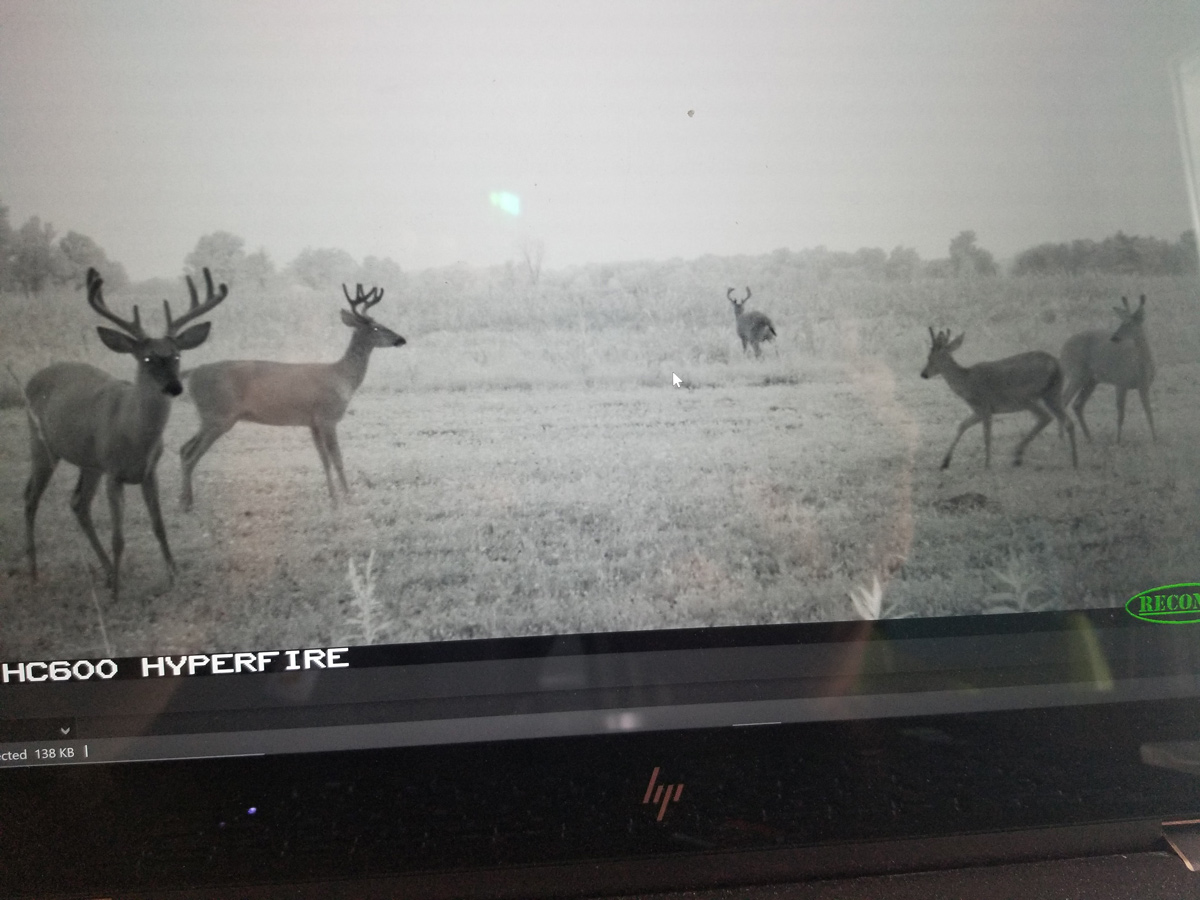
With this in mind, the first Farm Bill conservation project we did on our farm was a Conservation Reserve Enhancement Program project, where we restored 47 acres of native upland prairie and wetland habitat. Nine wetland basins were restored, resulting in almost zero runoff leaving that part of our farm. The newly restored grassland and wetland habitat is home to an incredible diversity of wildlife, from bobolinks to a pair of trumpeter swans. We have documented 15 different species of waterfowl using these restored wetlands.
Later, we relied on the Conservation Reserve Enhancement Program again to create a 12-acre buffer along a stream through our fields. We planted approximately 3,000 trees along the riparian corridor to help filter water from ag fields before it enters the stream.
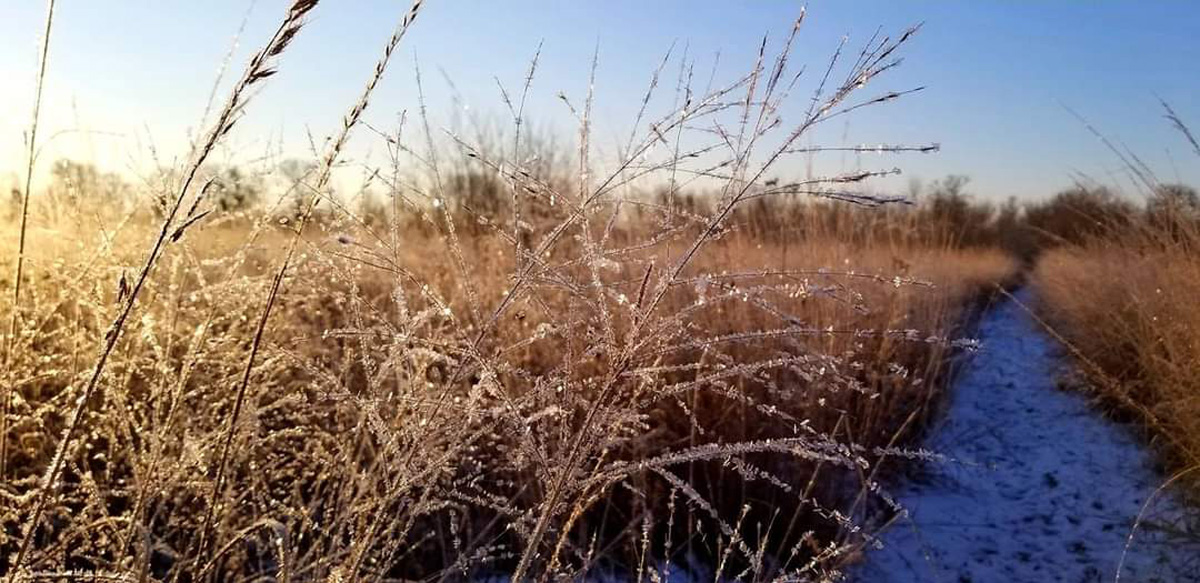
Next, we utilized the Environmental Quality Incentive Program for a forage and biomass planting and a grazing incentive. This helped us transition from the intensive tillage and row cropping practices of the previous landowner to a perennial, grass-based system. The soil health, water quality, and wildlife habitat benefits are striking when spending time in the pastures. You can see it in the invertebrate life underground and the butterflies and grassland songbirds who make our pastures home.
We are currently in the fifth and final year of a Conservation Stewardship Program contract, which has helped us to remove miles of barbed wire fencing and replace it with high-tensile, wildlife-friendly fencing. We also planted and continue to maintain a seven-acre monarch pollinator planting, and we leave standing grain for wildlife in the winter. We look forward to adding more projects for a future CSP contract.
We have restored over 200 acres of wetlands and associated upland plantings to date.
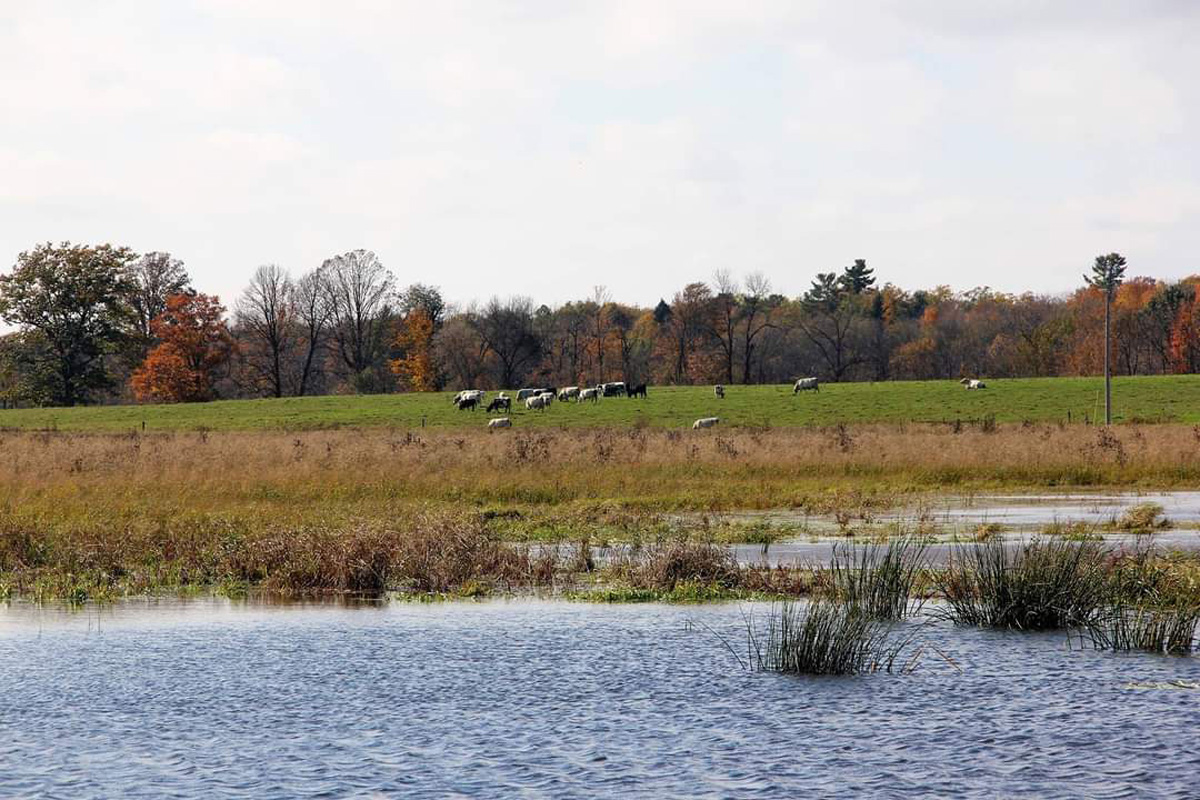
It is amazing how fast wetland animals like muskrats move into newly restored sites. It is so fun seeing a nesting pair of Canada geese on a muskrat hut just two years post-restoration. Probably the most obvious sign of the improvements is the variety of bird life, from swallows hunting bugs to broods of blue-winged teal. You can’t miss the cacophony of sound they make.
When beavers cut down the aspen trees we planted 10 years earlier, I considered that the greatest compliment I could receive as a conservationist!
I think we are like anywhere else in the country where we have a landscape highly dominated by corn-soybean rotation. This is of no fault to those growers as they are making a living how they see fit and we need farmers on the landscape. However, I feel that we can still make big differences for wildlife by not farming the poor areas of the field, utilizing no-till practices, and planting cover crops. In addition, many young farmers today are introducing cattle back to the landscape and utilizing managed grazing on their operations. All of these practices are proven as conservation success stories. I think we are on the right track of getting to where we need to be as agricultural producers leading the way in conservation.
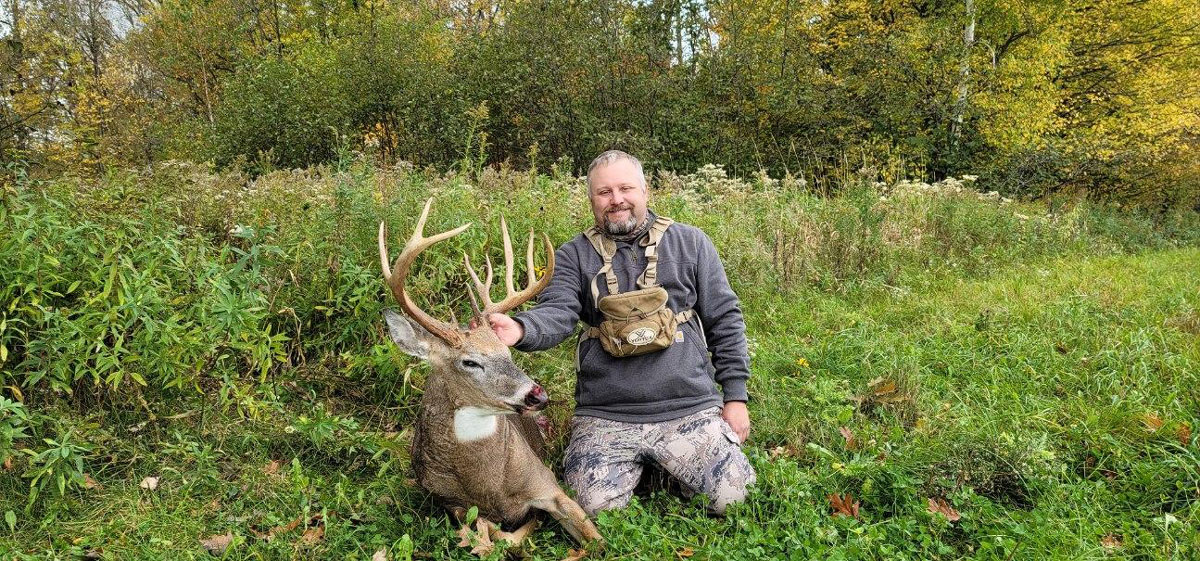
Private lands, including those that have been enhanced using Farm Bill dollars, are also creating equitable hunting and fishing opportunities. In our immediate area, we have several properties that are enrolled in a walk-in access program that is funded through the Farm Bill’s Voluntary Public Access and Habitat Incentive Program. Many other farmers I know still open their properties to hunting through a warm handshake and a trust that the hunter will leave the property as they found it.
But we also have more—and healthier—habitat available on these private lands, and so there are better hunting and fishing opportunities for those using nearby public land access.
I wish that every hunter and angler was aware of how these programs are approved and funded by our government and that there is a need for all of us to advocate for the dollars that put these practices on the landscape. The conservation title makes up such a small percentage of the Farm Bill, but it can play such a huge role in boosting wildlife populations. I’ve seen it firsthand.
Learn more about the benefits of Farm Bill conservation programs here.


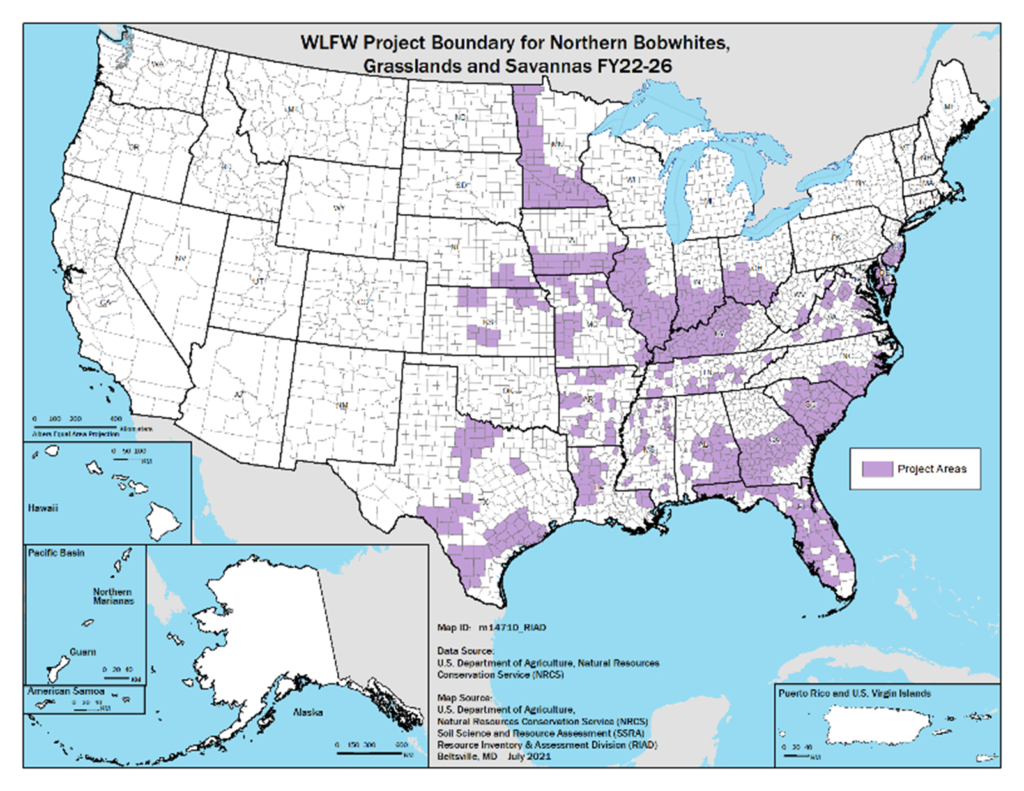










Need to stop the over harvesting of menhaden period.